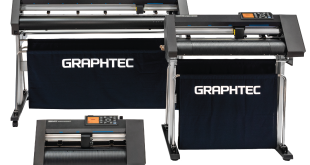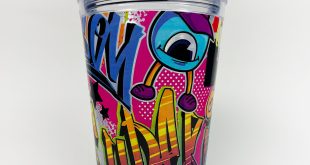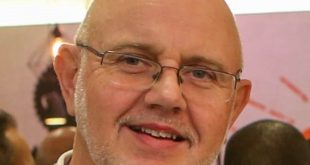
Award winning designs don’t appear overnight, they’re a combination of hard work, dedication and talent. Dimensions’ senior designer Sally-Anne Roe discusses how uniforms are created.
All great designs start with a brief and uniforms are no exception. This could be a written brief, a face to face meeting or a Skype call, either for an existing client or a potential new customer. Dimensions’ team of designers work closely with the new business team or the account manager to really dissect and understand the client’s requirements.
We have to understand the client company in order to design an effective uniform and we need to know their brand guidelines so we can design to reflect these accurately. We also work to understand what they’re trying to achieve with their uniform. For example, the client could be currently dressed in a smart formal range but they’d like to make a change to a casual range, or they’d like to add to their current range with more pieces.
The designers then work on understanding the wearer, and what kind of environment they work in. Often, they undertake site visits to different locations to speak to the wearers and understand how they feel about their current uniform and what they feel their requirements are for their job. Our aim is to always make the wearers feel comfortable, proud and happy, as this is reflected in how they interact with their customer so it is important to take their opinions into account when designing the uniform.
Once we’ve understood the brief and conducted wearer research, the design project really starts in earnest. We go away and research relevant trends to inspire our ideas, going to fabric fairs, fashion shows, shopping trips and looking at WGSN for future predictions. When we talk about looking at trends, it’s quite different to retail where items are designed seasonally, we need to make sure our designs look modern while having longevity. We look at everything… colour, fabric, details, shapes, necklines and more! We are looking for timeless styling that will still look fresh in years to come.
Putting talents to work
Our designers then put their talents to work, producing trend boards, mood boards and colour palettes. Working closely with the fabric team, they source the most suitable fabrics for the functionality of the uniform, this could be simple, tried and tested basics or more complex fabric innovations. The team then put together design boards and figure illustrations. Sometimes they’ll work on flat format designs or they’ll illustrate the garments onto figures, this could be for a single product or the entire range plan. The design process is always guided by the customer’s requirements.
We then present the ideas to the customer, it’s interesting because we often present to different stakeholders, in one company this could be marketing but in the next we’re presenting to the HR team or the whole executive board.
For some customers, we also hold focus groups of wearers that vary in age, shape and size. The design team work through the potential designs with the group and give them samples and fabric swatches for their opinion. Any feedback we get from the client or the focus group is taken back to be considered and implemented.
Once the designs have been agreed with the client, they then move to the sampling stage. This involves working closely with the product development team who liaise with our specialist manufacturers in order to create the samples required. When the garments arrive at Dimensions, they are closely scrutinised by all the teams to make sure they meet our high-quality standards before presenting to the customer.
Once we have the go ahead from the client, we organise a wearer trial. This is usually one or more customer sites that are chosen to trial the uniform to ensure the fit, style and look are well received by the wearers, and the garments are practical for the job roles. This gives us the opportunity to perfect the final designs before they go into production and are rolled out.
But the designers’ involvement doesn’t end there. We’re always keen that the customer is happy so we always follow up with their account manager to make sure everything has gone smoothly. We’re always on hand to move a range forward, it could be as simple as new tie or other accessory or extending the range.
 Printwear & Promotion The Total Promotional Package
Printwear & Promotion The Total Promotional Package




